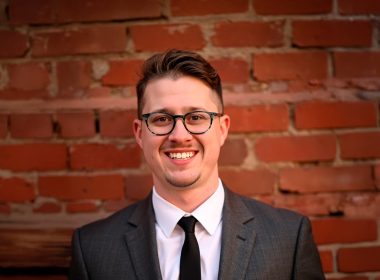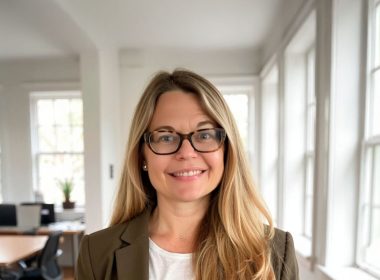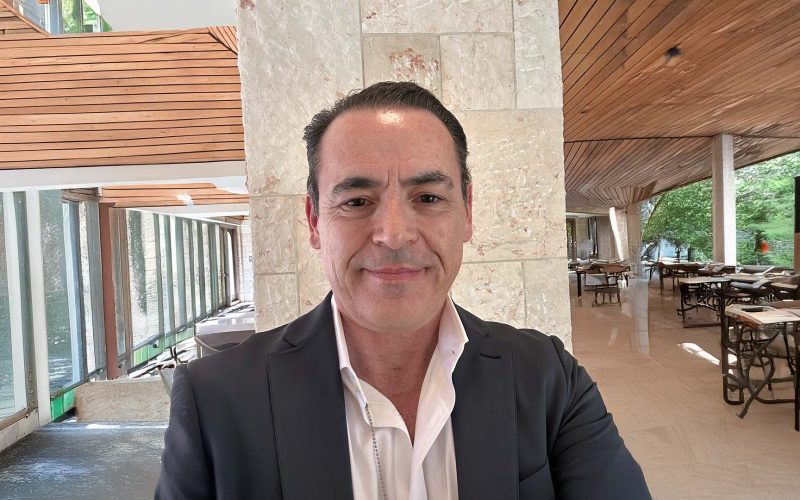For over 25 years, Scott Reese, the founder of Echo Assurance, has worked exclusively with senior living operators. In that time, he’s witnessed a troubling, and costly, trend: operators relying on generalist insurance brokers who don’t understand the risks inherent to Independent Living (IL), Assisted Living (AL), Memory Care (MC), and Skilled Nursing Facility (SNF) environments. “The consequences are not just financial,” Scott explains. “They’re operational. When a facility buys the wrong insurance, they’re essentially gambling with their license, their staff, and the safety of their residents.” Take wrongful death settlements, for instance. These regularly range from $100,000 to $750,000, with many exceeding $1 million. The average abuse settlement is around $406,000. Yet countless operators are still purchasing so-called ‘comprehensive’ commercial policies from brokers who’ve never read a CMS regulation or walked through a secured memory care unit. Scott is candid: “If your broker doesn’t know the difference between AL and SNF, they shouldn’t be advising you. Period.”
The Risk Profile No Generalist Understands
The exposures found in senior living simply don’t exist elsewhere in commercial insurance. “Most brokers spend their careers insuring restaurants, retail, or offices,” Scott says. “They’ve never had to consider what happens when a dementia resident elopes during shift change.” Fall rates, for example, average 1.7 per bed annually across U.S. nursing homes, translating to millions of incidents, thousands of serious injuries, and tens of thousands of hip fractures each year. Many involve residents with cognitive impairments. These realities affect everything from general liability to professional liability but are often completely foreign to generalist brokers. Scott adds, “A lot of standard ISO General Liability forms still include ‘care, custody, or control’ exclusions. That effectively voids coverage for the very work your team does every day.”
Technical Coverage Gaps That Create Catastrophe
When disaster strikes, most operators discover too late that their policy was never designed for their type of business.“Generalist brokers will recommend six months of business income coverage because that’s fine for a sandwich shop or a warehouse,” says Scott. “But if a senior living facility suffers a fire or flood, they can’t just rent new space and reopen.” He explains that meaningful business resumption often takes 12 to 24 months, not six. Licensure approvals, resident relocations, construction delays, and compliance reviews all contribute to prolonged closures. That’s why Echo Assurance always recommends Extended Period of Indemnity coverage with at least 365 days, and ensures the policy includes language like “Period of Indemnity not defined.” Then there’s the matter of Increased Cost of Construction. “General commercial brokers might suggest $50,000 in ICC coverage. For a senior living facility, that number should be $1 million minimum, often closer to $5 million,” Scott says. Upgrades to meet ADA, fire safety, and dementia-specific design can dramatically inflate rebuild costs.
Hidden Exclusions That Wipe Out Protection
Where Scott sees the most damage, however, is in how generalist brokers overlook or ignore exclusions that destroy the core of a senior living policy. “Sexual abuse and molestation exclusions are common in commercial policies,” he says. “They’re rarely discussed, but in senior living, they’re among the highest severity risks. A generalist won’t even raise the issue unless you ask.” Likewise, standard general liability forms often exclude “professional services,” which can mean no coverage for medication assistance, transfer support, or even supervision of confused residents. These are daily operations in senior living, but generalist brokers don’t know enough to flag them. “Take bed sores,” Scott says. “They account for 17,000 lawsuits a year. Many result from environmental issues, like poor mattresses or HVAC failures, that should fall under general liability. But if you have the wrong exclusions in place, you’re not covered.” Elopement presents another problem. It’s a top loss driver in memory care, yet it’s completely absent in general commercial insurance. “A broker who’s never heard the word ‘elopement’ has no business writing your liability policy,” Scott says.
Regulatory Exposure: A Blind Spot for Generalists
Beyond clinical risk, senior living operators face complex regulatory challenges. CMS can impose Civil Money Penalties (CMPs) up to $25,847 per instance, or millions for prolonged violations. In 2020 alone, the average per-day CMP exceeded $200,000.
“Most brokers don’t even know what a CMP is,” Scott says. “They’ve never sat in a licensing hearing, never helped a facility navigate regulatory defense.” D&O coverage for senior living must include regulatory investigation defense costs. But unless the broker understands who regulates the industry, and how costly those proceedings can become, operators are left underinsured when it matters most.
Workers’ Comp: Industry Realities Generalists Don’t See
The physical and emotional demands of senior care create workers’ compensation exposures that look nothing like other industries.
Healthcare workers experience some of the highest injury rates in the U.S. In senior living, those injuries often come from lifting residents, behavioral incidents, or burnout. “Turnover from injuries is a compounding issue,” Scott explains. “The more short-staffed you are, the more likely injuries become, and your mod rate starts climbing.” Generalist brokers often don’t analyze those patterns, nor do they recommend proactive risk management tailored to caregiving environments. “They just quote a rate and move on,” Scott says.
The Financial Toll of Mismatched Insurance
Consider this: the average annual direct cost of falls across senior living facilities is $380,000. Most organizations see around 260 patient falls each year. 24% of those result in residents requiring a higher level of care.
“The rate of fall injuries rose almost 25% from 2018 to 2022,” Scott says. “That’s not just a trend, it’s a warning. If your broker isn’t tracking it, they’re not protecting you.” A $1 million liability limit might sound sufficient, until you’re hit with three concurrent lawsuits involving resident injuries. If your policy includes outdated exclusions or lacks proper sublimits, the coverage will vanish exactly when you need it.
The Broker You Choose Determines Your Outcome
Insurance isn’t just about risk transfer; it’s about operational continuity. The wrong policy doesn’t just cost money. It threatens your license, your workforce, your reputation, and your ability to serve residents. “If your broker doesn’t understand what happens when a resident elopes… if they’ve never dealt with a CMS investigation… if they recommend six months of business income coverage… then you don’t have insurance,” Scott says. “You have exposure.” Senior living is too complex, too regulated, and too human-centered for generic solutions. Expertise isn’t optional, it’s essential.
To connect with Scott or learn more about specialized insurance solutions for senior living, visit his LinkedIn.












